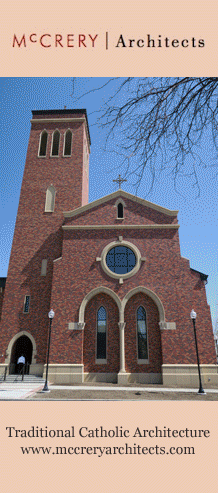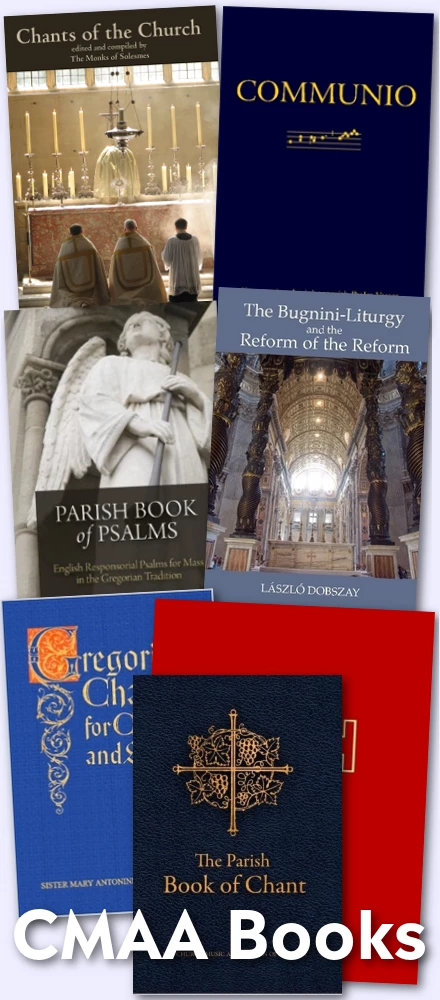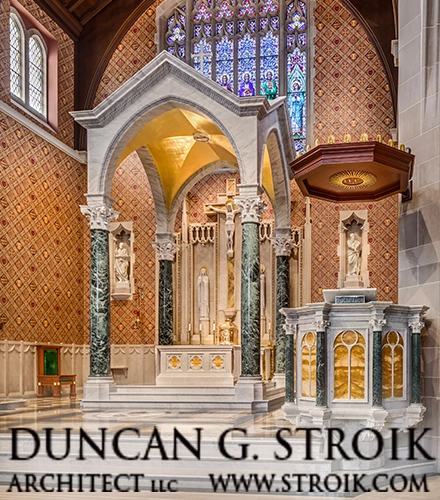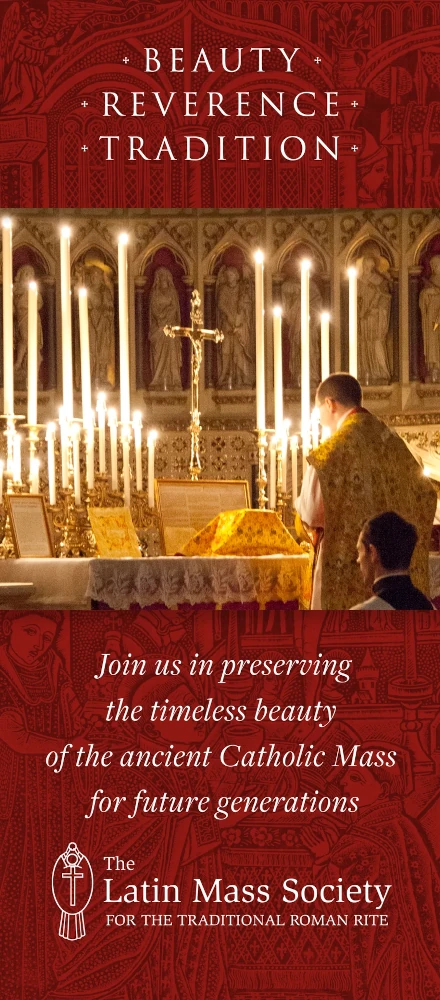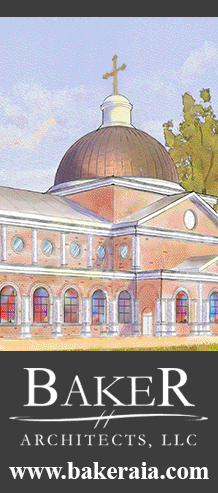I've been asked to sign on to a new blog, Friends of La Nef spearheaded by Pete Vere, the Canon Lawyer who wrote the (canonical) book on the SSPX.
The blog defines itself as "a blog promoting Catholic traditionalism and the Ecclesia Dei movement through orthodoxy, intellegent and non-polemical writing that is respectful of the Church and her hierarchy."
The ultimate purpose of the blog seems to be an attempt to get an English language equivalent of the French journal "La Nef" going.
Saturday, September 24, 2005
Friends of La Nef blog
Shawn TribeMore recent articles:
A History of the Popes Named Leo, Part 5: The Medicis, Leo X and XIGregory DiPippo
This is the fourth installment of a series on the thirteen papal namesakes of our new Holy Father Leo XIV; click these links to read part 1, part 2, part 3 and part 4. The tenth and eleventh Popes to bear the name Leo were both members of the Medici family, the ruling dynasty (at first de facto, later de jure) of Florence. Thanks to the family’s d...
A Rubrical Note for the End of This Month Gregory DiPippo
This year, the feast of Ss Peter and Paul falls on the Sunday after the feast of the Sacred Heart (June 27). A priest friend has put forth the question, What does one do about the external solemnity of the Sacred Heart, which would be celebrated on that day? The short answer, according to the rubrics of both the 1960 Missal and of the prior edition...
Other Gospels for the AscensionGregory DiPippo
The Roman Rite has various ways of arranging the Masses during an octave. That of Easter, for example, has a completely proper Mass for every day, that of Pentecost for every day but Thursday, which was originally an “aliturgical” day; when its Mass was instituted later, it was given proper readings, but everything else is repeated from Sunday. Th...
The Feast of St PetronillaGregory DiPippo
Long before either the Visitation or the Queenship of the Virgin Mary were celebrated on this day, and before those, St Angela Merici, the founder of the Ursulines, May 31st was the feast day of St Petronilla. Although she is missing from the oldest Roman liturgical books, she is seen in a painting of the mid-4th century in the catacomb of Domitil...
The Festival of St Joan of Arc in Orléans, FranceGregory DiPippo
Today is the feast of St Joan of Arc, kept on the anniversary of her execution by burning at the stake in the city of Rouen, in the year 1431. The second Sunday of May is kept as a national holiday in France in honor of her, called the “national holiday of Joan of Arc and of patriotism.” (The title isn’t any less awkward in French.) This date was c...
The Holy Ghost HoleMichael P. Foley
A Holy Ghost hole in Saints Peter and Paul parish church in Söll, AustriaA curious architectural feature of some churches in France, southern Germany, and Austria is the Holy Ghost Hole, an opening in the ceiling into which different objects were once thrown during the celebration of the Mass. It is speculated that the art surrounding the hole indi...
“Hold Fast to the Traditions” - Guest Article by Mr Jay RattinoGregory DiPippo
Our thanks to Mr Jay Rattino for sharing with us this interesting article about the folk customs of Italian Catholics, and the efforts being made to preserve and revive them.The Italian Catholic communities throughout New Jersey and the surrounding areas are filled with long-standing traditions, and there are renewed efforts going on to revive the ...
The Ascension of the Lord 2025Gregory DiPippo
Men of Galilee, why do you wonder looking up to heaven? alleluia. As you have seen Him going into heaven, so shall He come, alleluia, alleluia, alleluia. Ps 46 All ye nations, clap your hands: shout unto God with the voice of joy. Glory be... Men of Galilee... (The Introit of the Ascension)The Ascension, 1495-98, by Pietro Perugino (1448-1523); pub...
How Medieval Christians Celebrated the Rogation Days (with a Dragon)Gregory DiPippo
The following description of the Rogation Processions comes from a canon of the cathedral of Siena named Oderico, who in the year 1213 wrote a detailed account of the liturgical texts and ceremonies used in his church. “Mindful of that promise of the Gospel, ‘Ask, and ye shall receive,’ (John 16, 24; from the Gospel of the Sunday which precedes t...
Why Louis Bouyer Is Delightful and Frustrating to ReadPeter Kwasniewski
One experience I think many of us have had with liturgical authors who wrote prior to the Council and/or the imposition of the Novus Ordo is that we find in their works so many wonderful insights, mingled with passages of excruciating naivete, baffling optimism about the possibilities of reform-in-continuity, strange flights of reformatory fancy, e...


